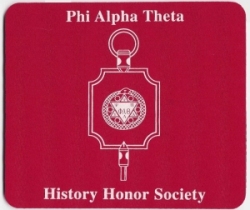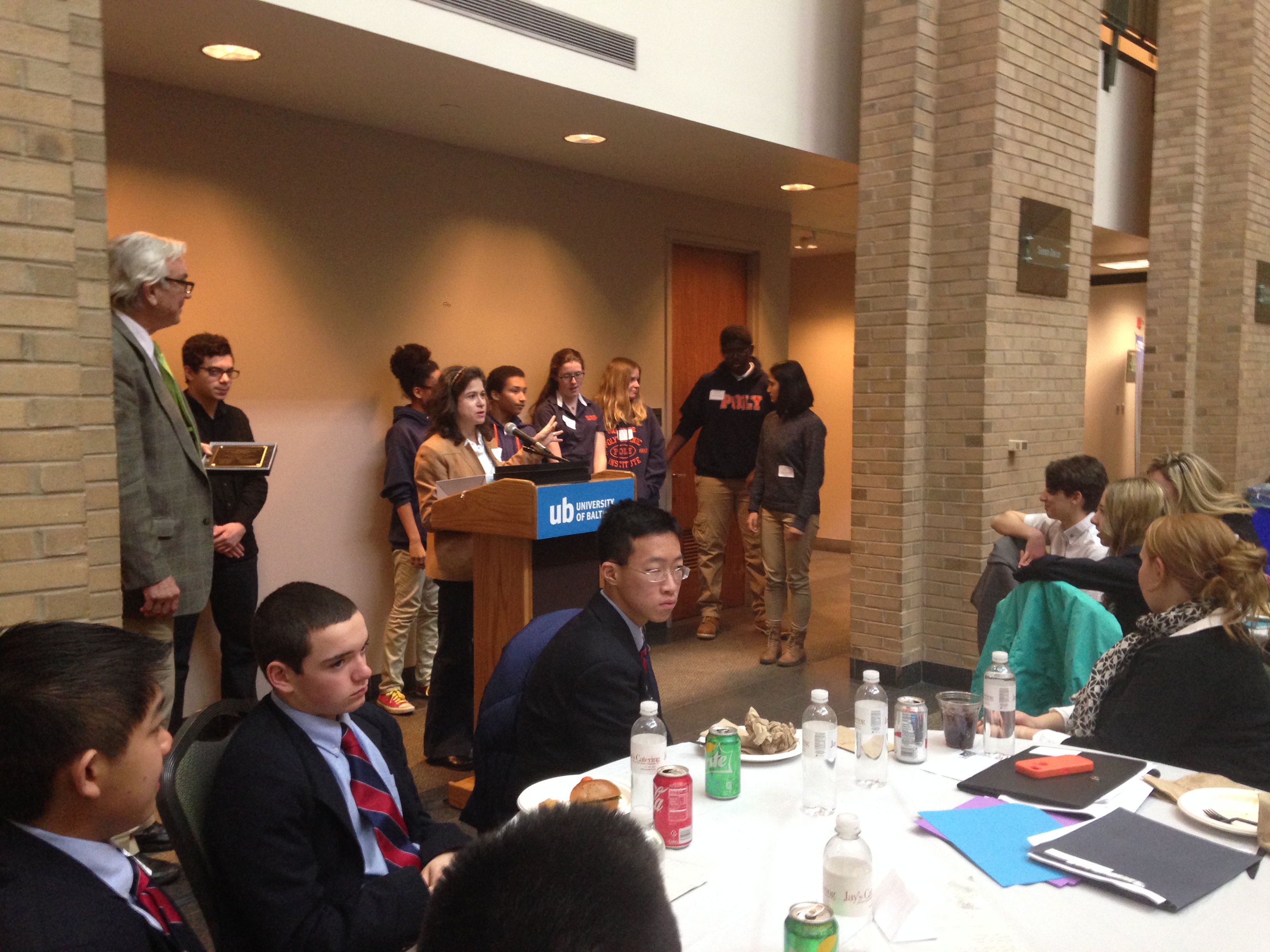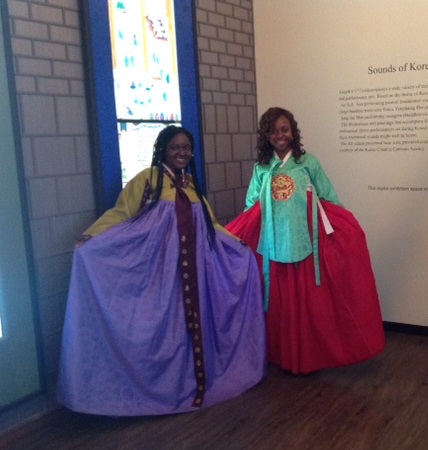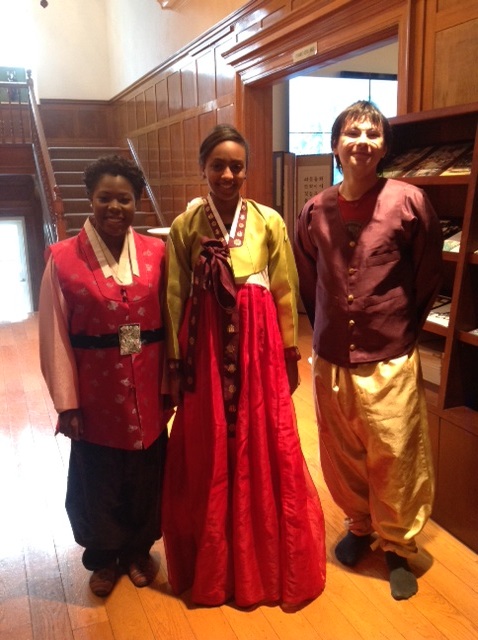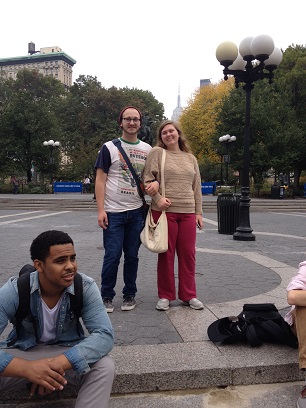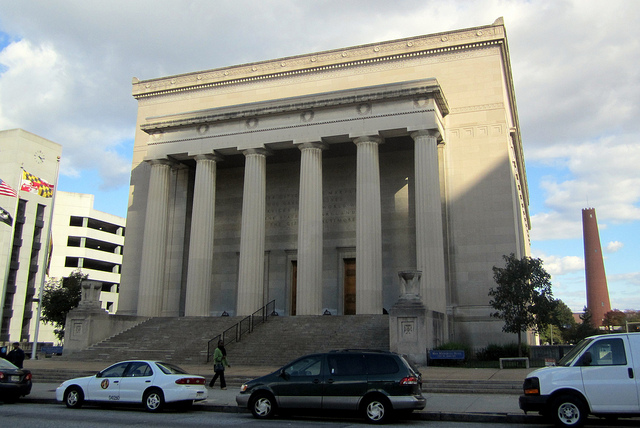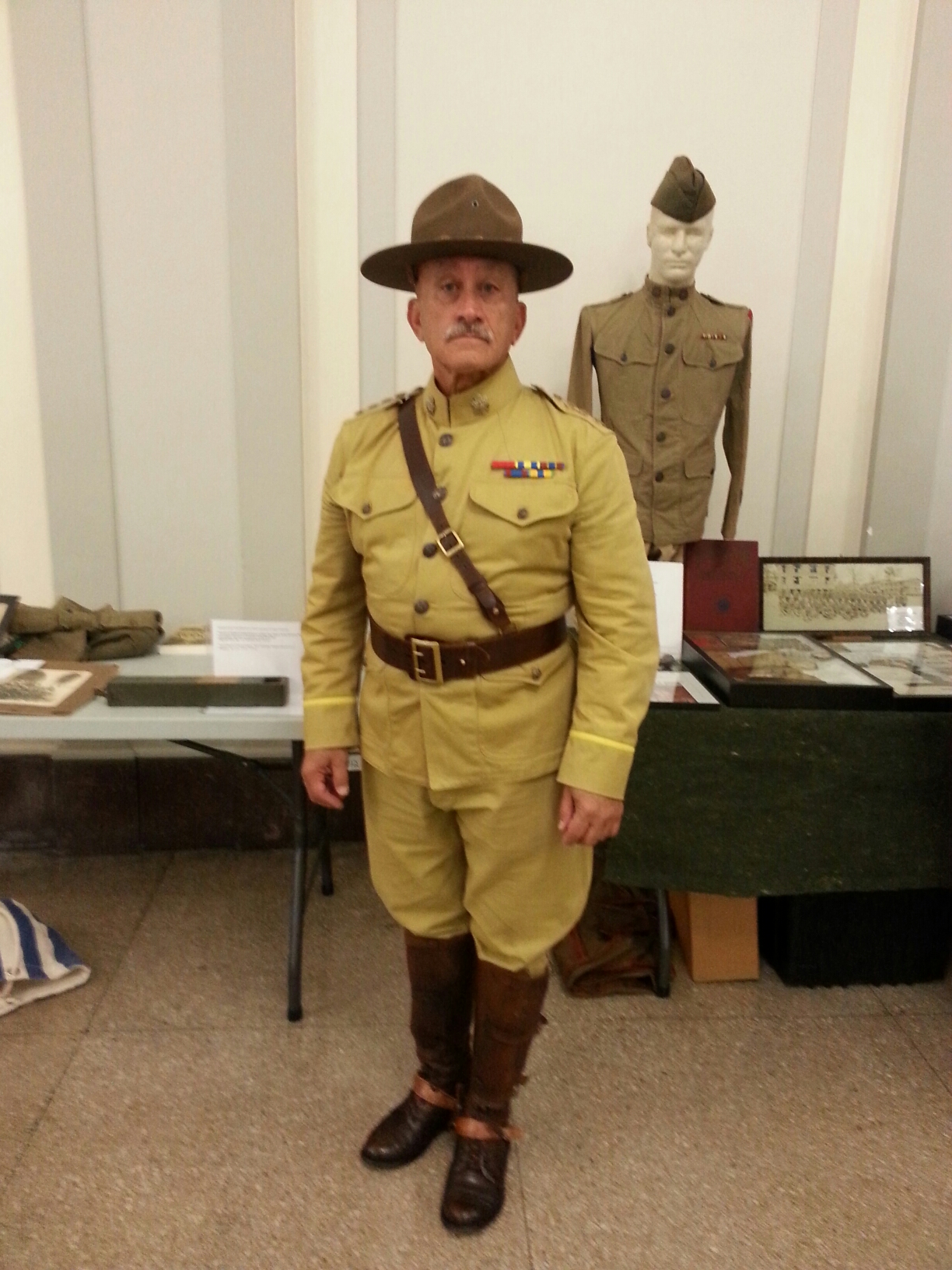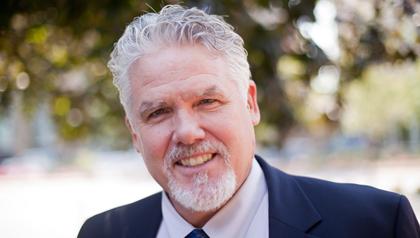Following a unit on Fascism between the world wars, students in “Europe 1914-1945” had a writing assignment in which they had to respond to a question about free speech, violence, and race. The aftermath of the Charlie Hebdo attacks had recently played out in the news. Professor Hudgins asked them:
“Is there a role for some restriction of speech in democratic states (or, perhaps, in the “republic of facebook”)? Or, is the answer to lift the flood gates and “may the best speech win”? What is the role of a college education in dealing with this issue?”
One of her students, Todd Ballard, a psychology major in the College of Arts and Sciences, articulated a sophisticated response that demonstrated the writing and critical thinking skills that CAS programs develop in students of all backgrounds. Here is his response in full:
“This is a very difficult question to answer. Living in a culture that promotes freedom of speech regularly, and a culture that focuses on individualism and intellectual autonomy, it’s difficult for me to ever agree with any type of restriction of speech. On one hand, freedom of speech should be a right, and nobody should be able to take that away from you. On the other hand, there are many people who will abuse their right to freedom of speech, and doing so may hurt others, and it may hurt an entire race if the person in question has enough influence or power.
Even the media’s freedom of speech causes many racial problems today. For example, news programs tend to show racially charged stories for the sole purpose of increasing ratings. This tends to provide viewers with the necessary tools and ammo to become racist, and provides endless stereotypes of races and cultures of all kinds. In this situation, I believe that there should be some restriction of speech, at least when it pertains to race or racially charged issues. People should be allowed to express their opinions, but this opinion should be restricted when it begins to gear towards violence. All it takes is one person with enough power on Facebook or Twitter to spark a wave of violence against a race, group, or culture.
With the way that social media is today, the racism and hate of one individual can reach thousands or even millions in under a minute. Specifically in the United States, people are very reactive, and tend to take what they hear for fact without thinking for themselves. On “the republic of Facebook,” or any other social media, people tend to react very poorly to racism or hate speech. Instead of ignoring it, or following up with accurate information, people tend to lose their cool and respond in the worst possible way, and rebut with further racism and hate. It almost seems like there is a war going on within social media. My point is that I believe that there should be some restriction to our freedom of speech, because losing a small portion of our rights is preferable to [widespread] hatred of a group of people based on ill-informed statements.
I believe to accurately approach this issue further, a college education is very much needed. People don’t know how much different other cultures and races are from their own culture and race, and most people are overcome by their world-view, believing that only their opinion is right and no one else’s. This can easily cause racism throughout the world. I believe that an education is needed so that people can learn about different cultures, as well as learn about the history of racism. Not only that, but people should learn how to become critical thinkers in order to stem the tide of inaccurate information being spoon fed to us by the media.”
Todd’s report is just one instance of what makes UB a terrific place: A thoroughly diverse community of learners of multiple age groups, ethnicities, social classes, and sexual identities coming to class to share different perspectives throughout the semester, and get to know each other. Register for any of UB’s history courses if you want to explore how present-day news links to our past.

Cover of the French satirical magazine Charlie Hebdo for Oct. 2, 2013. Castorama is a do-it-yourself hardware store in France. The Roman guard is telling Jesus that the hardware store is closed so (to put it more politely than the cartoon) he is out of luck.



